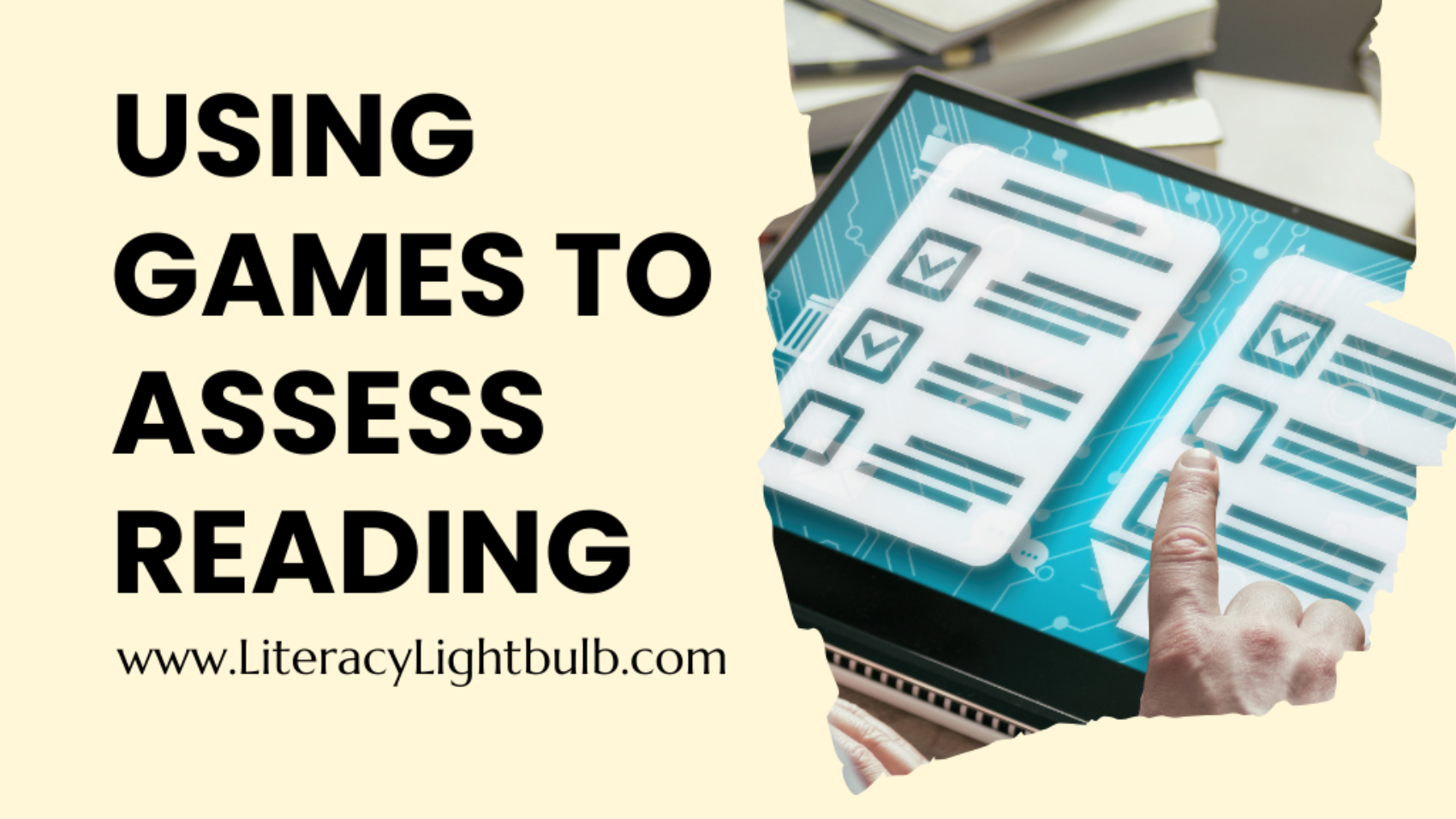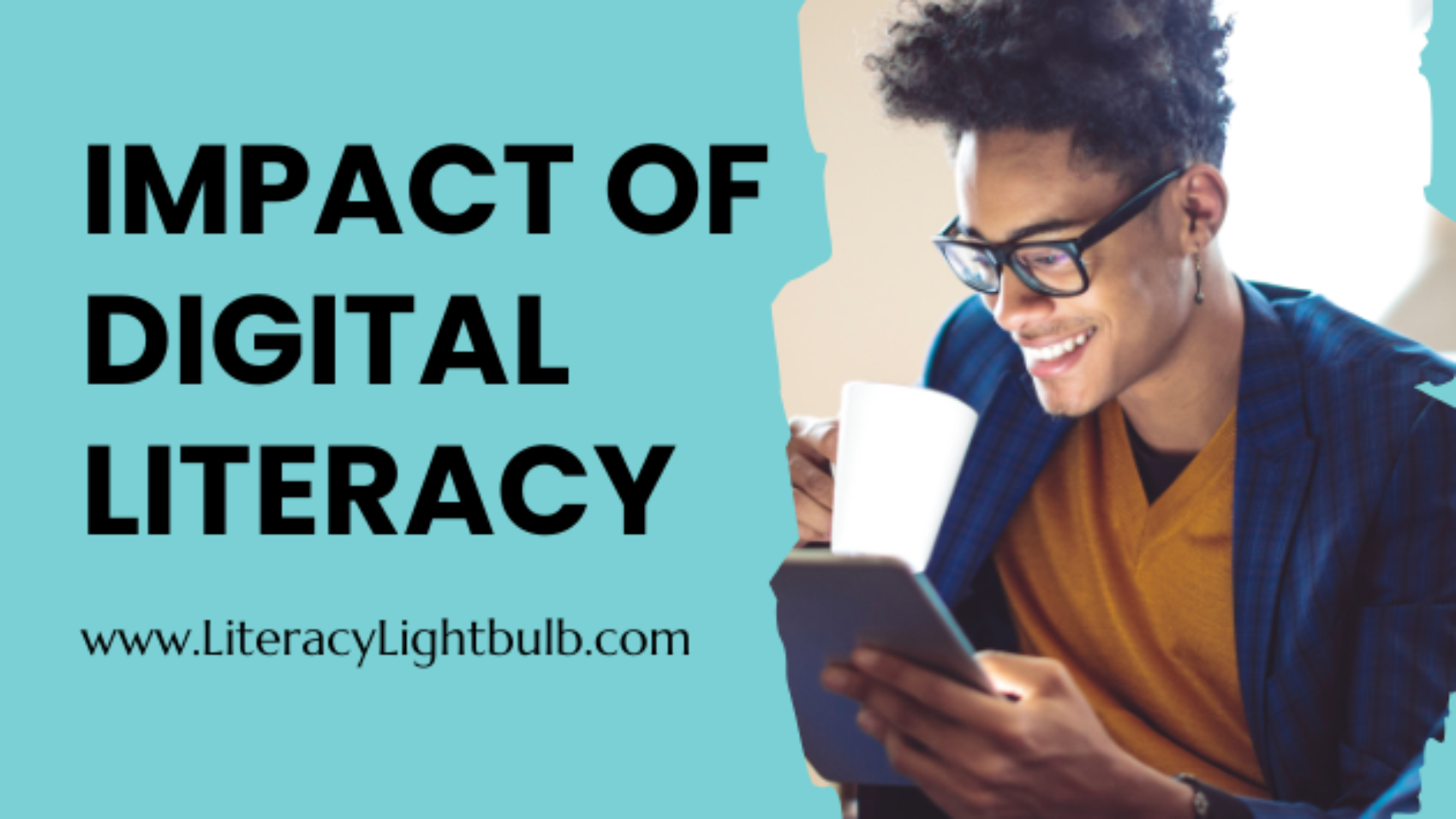Assessing reading comprehension is essential, but traditional methods like quizzes or essays can sometimes feel repetitive or intimidating for students. Enter gamification—a creative approach that transforms assessments into interactive, engaging activities. By incorporating game elements into your literacy instruction, you can motivate students, provide immediate feedback, and deepen their understanding of texts in a fun, low-pressure environment.
Here’s how to use gamification to assess reading comprehension effectively.



